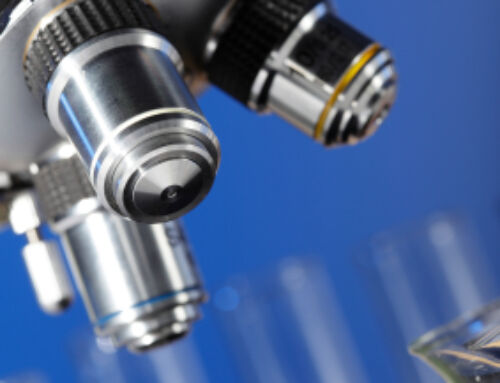 Bone grafts for dental implants are classified by the source where the graft was obtained. We previously covered bone grafting and the reasons for needing bone grafting for dental implants.
Bone grafts for dental implants are classified by the source where the graft was obtained. We previously covered bone grafting and the reasons for needing bone grafting for dental implants.
There are several different types of bone grafts available to increase support for dental implants. Let’s review them now…
1. Autograft
An autograft is graft material harvested from your own body. Areas of harvesting (also called the donor site) may include:
a. the upper or lower jaws (maxilla, mandible)
b. in your mouth
c. ribs
d. hips
e. leg bones like tibia and fibula
f. skull
Autografts require an additional surgical site. Sometimes you may have to use crutches to walk for the first two weeks. Ouch! A scalpel is used to cut open the gums and stitches are used to hold the gums closed. There is usually significant swelling, bruising and pain associated with this technique.
Many surgeons will use this technique; however, there is a high failure rate and bone loss because the transplanted bone may not survive leaving worse off that before the surgery. This has nothing to do with the worthiness of the dentist. It has more to do with the way bone heals, how blood vessels grow and the timing of separate cells healing. However, if I can avoid the extra surgery, I look for other alternatives to achieve bone regeneration success.
2. Allograft
An allograft is bone graft material taken from another human. This graft does not require an additional surgical site. The bone graft material comes from a tissue bank. Other people donate their bone. There are stringent standards for excellence; however, the bone tissue bank cannot insure that there is no risk of you getting disease such as HIV or AIDS. For this reason, I do not use this graft material, for I would not want the risk of disease transmission from a fellow human.
While I understand that this avoids the extra surgical area as with the autograft, the risk of disease trumps this for me. There are other alternatives as noted below.
3. Xenograft (pronounces “zeeno” – graft)
An xenograft is a bone graft material made from another species such as cow bone, also called bovine…or pig, also called porcine. There is no chance of disease transmission and it is very safe. The inorganic part of the bone is used as a scaffold. There is no need for an extra surgical site, so the chance of complications is minimized.
The xenograft material is used as a matrix to have your own bone throughout the graft material. Most xenografts are replaced by your own bone over several months to years. The bone regenerated from this material is very dense and strong. Xenografts can increase the support for dental implants.
4. Alloplast
An alloplast is a bone graft material that is man-made. This synthetic bone graft material can be made from surgical grade resins, hydroxyapatite, calcium phosphate, and other minerals that allow your own bone to regenerate into the alloplast material. This material is very safe and encourages your bone to grow throughout. Alloplast bone grafts can increase the support for dental implants and your smile.
5. Membrane
A barrier membrane is used to cover the bone graft for dental implants. The membrane helps to prevent the gum tissues from growing around the dental implant before the bone does. The membrane slows down the growth of the epithelium and connective tissues, so your bone can strengthen the supports for dental implants.
I hope you find this bone graft materials information useful. I wish you joy in your discovery and knowledge, to make a better decision to improve your smile – with dental implants.
If you’re considering a bone graft for dental implants, feel free to reach out!
Be well,
Dr. Joe Kravitz, DDS, MS
Prosthodontist, Author and Speaker



